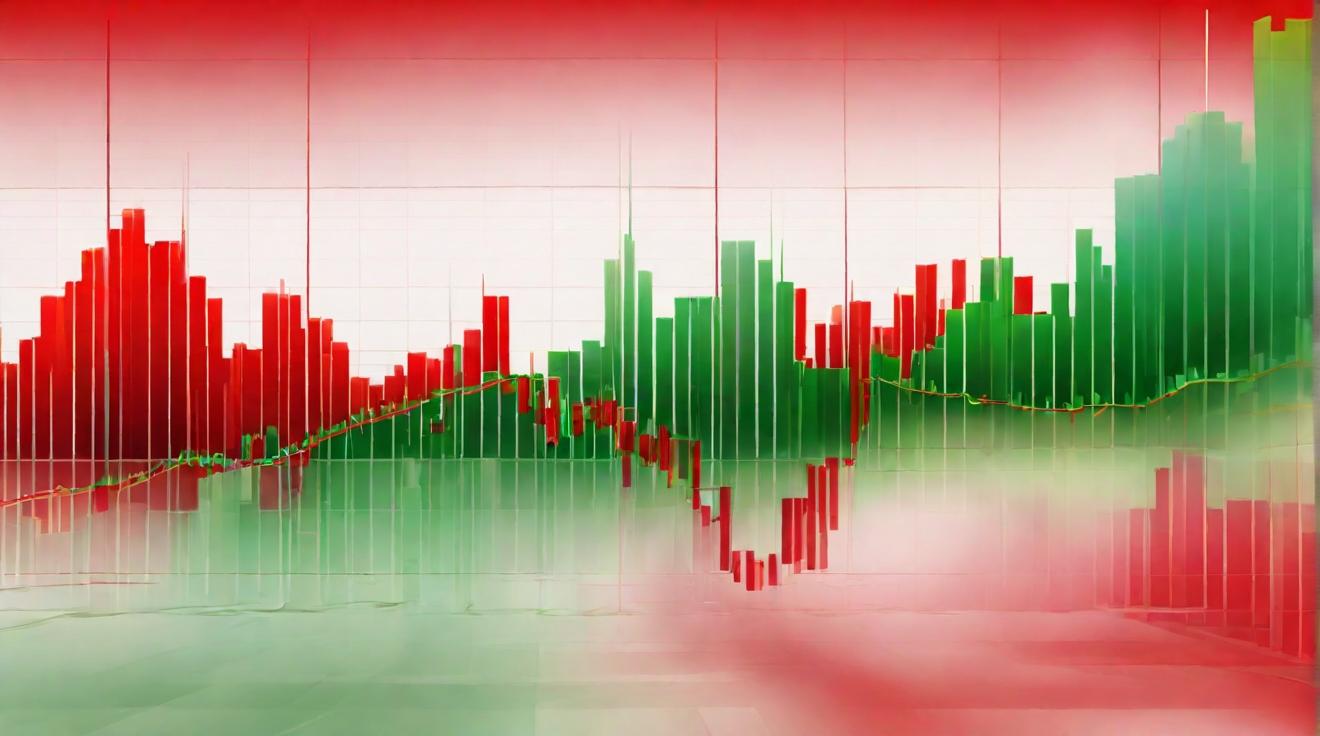Regime-Based Investing: Navigating Bull and Bear Markets Through Economic Shifts
In the complex world of investing, distinguishing between various economic states—ranging from inflationary pressures to yield curve fluctuations—could be pivotal in crafting a resilient portfolio. As the financial landscapes shift, regime-based investing emerges as a critical strategy, enabling investors to adjust their approach according to prevailing economic conditions.
The Essence of Regime-Based Investing
At the heart of regime-based investing lies the ability to dissect time into distinct periods or regimes—each characterized by unique market dynamics. Unlike seasonal trends, which predictably cycle through stages, regimes are notably unpredictable, both in duration and impact. This unpredictability necessitates a strategic approach, focusing on identifying these shifts to capitalize on or hedge against their effects.
Man Institute’s latest exploration sheds light on this concept, demonstrating the potential of regime-based investing to significantly influence asset performance across various market conditions. By categorizing regimes into inflation, real growth, yield curve, and monetary policy, amongst others, investors are provided with a roadmap to navigate through the complexities of financial markets.
Understanding Market Regimes
Inflation has historically been a considerable factor affecting market dynamics. Analyzing patterns of inflation and deflation reveals opportunities where specific assets might outperform. For instance, certain assets have consistently shown robust performance in high and rising inflation scenarios, a crucial insight for investors aiming to safeguard their portfolios against eroding purchasing power.
In the realm of real growth, distinguishing between periods of economic expansion and recession can significantly impact investment decisions. Identifying a boom or slump early can enable investors to adjust their exposure to equities or bonds, aligning their portfolios with the anticipated market direction.
The yield curve offers another vantage point, with its shape serving as a barometer for economic health. A deep dive into yield curve regimes uncovers the potential for predicting economic downturns or periods of robust growth, guiding investment strategy adjustments well in advance.
Strategic Investment in a Shifting Landscape
Regime-based investing underscores the importance of agility in an investor's strategy. With each regime presenting its own set of challenges and opportunities, recognizing and reacting to these shifts can be the difference between flourishing and floundering portfolios.
Despite its complexities, regime-based investing stands as a testament to the strategic depth required in modern financial markets. By embracing the unpredictability of regimes and their impacts on asset performance, investors can position themselves to navigate through bull and bear markets with increased confidence.
As the financial terrain continues to evolve, the wisdom of historic and current market analyses serve as a beacon, guiding investors through the ebbs and flows of economic cycles. In the pursuit of investment excellence, understanding and applying the principles of regime-based investing could indeed be the key to unlocking new heights of portfolio resilience and growth.
Analyst comment
Positive news: Regime-based investing emerges as a critical strategy for investors to adjust their approach according to prevailing economic conditions. By categorizing regimes into inflation, real growth, yield curve, and monetary policy, investors are provided with a roadmap to navigate through the complexities of financial markets.
As an analyst, I predict that with the adoption of regime-based investing, investors will be able to adjust their portfolios to capitalize on or hedge against the effects of economic shifts, resulting in increased resilience and growth in the market.













